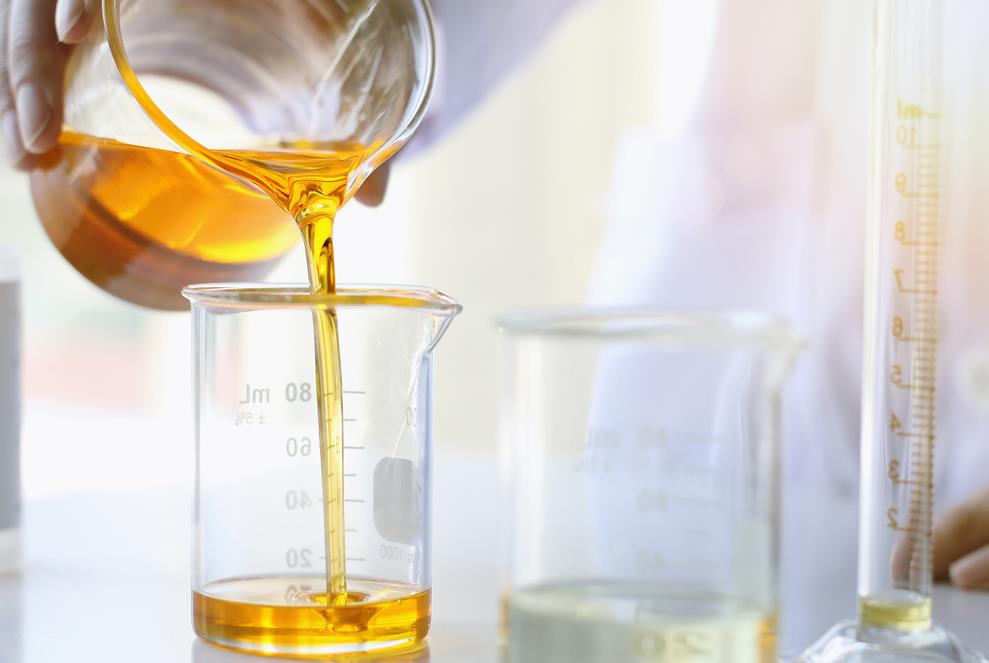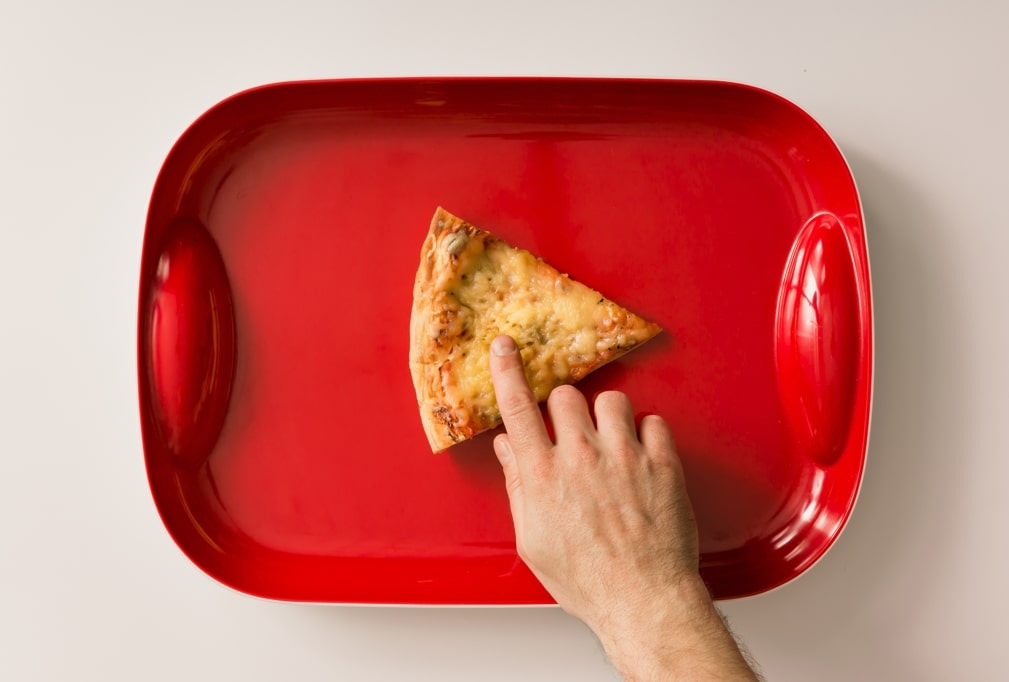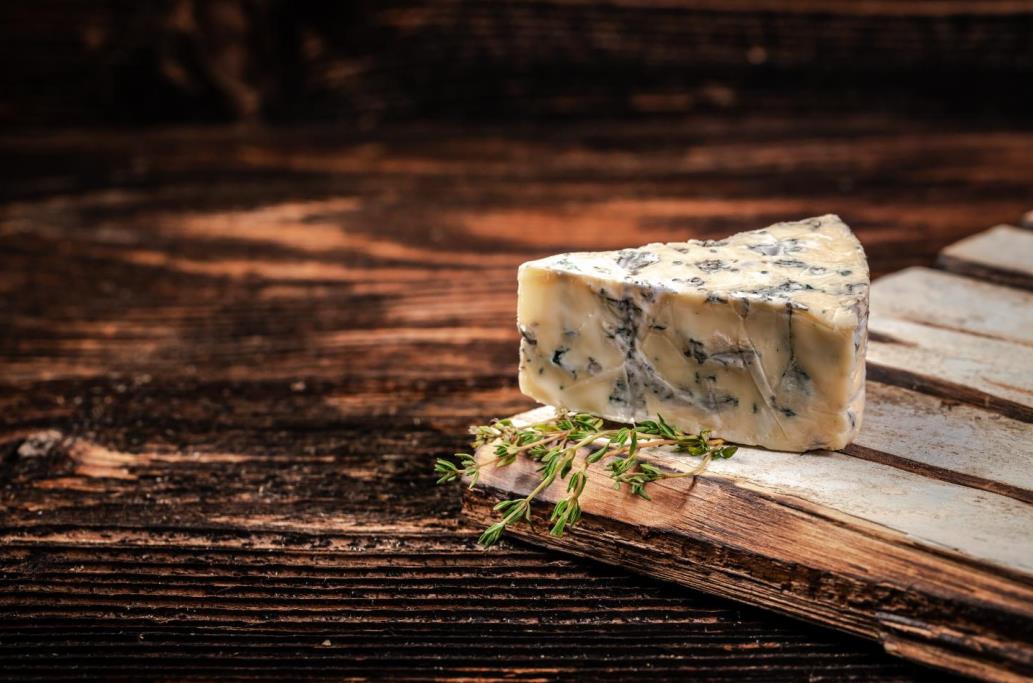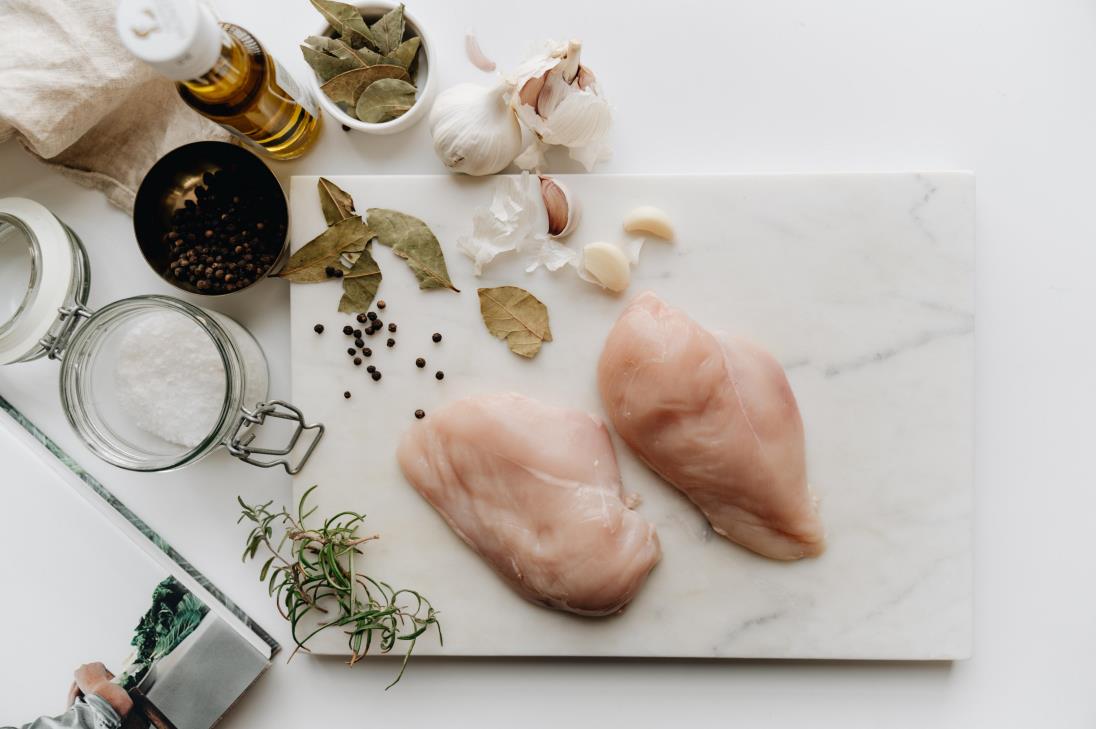Plastic cutting boards keep your knives sharp and your surfaces safe, but they start to look a bit worse for wear after a while. Deep grooves and stains set in, making them unsightly and a potential health hazard. And when your dishwasher can’t handle the mess, what’s a smart home chef to do?
The most effective way to clean a plastic cutting board involves baking soda, hydrogen peroxide, vinegar, salt, and soap. Here is how:
- Spray the board with 3% hydrogen peroxide or vinegar (you can use either)
- Let the solution sit for a while (at least five minutes).
- Make a paste from baking soda, water, and salt (equal parts) and spread it over the board.
- Use a scrub brush to work it into the grooves and remove any stains, then rinse with warm water.
To give it an extra clean, add a drop of dish soap to the paste and scrub until all the grime disappears.
Read on for other methods on how to clean your plastic cutting board. This article will also cover how to deep clean and disinfect your cutting board and discuss when it’s time to replace your plastic board with a wooden one.
Table of contents
Importance of a hygienic cutting board
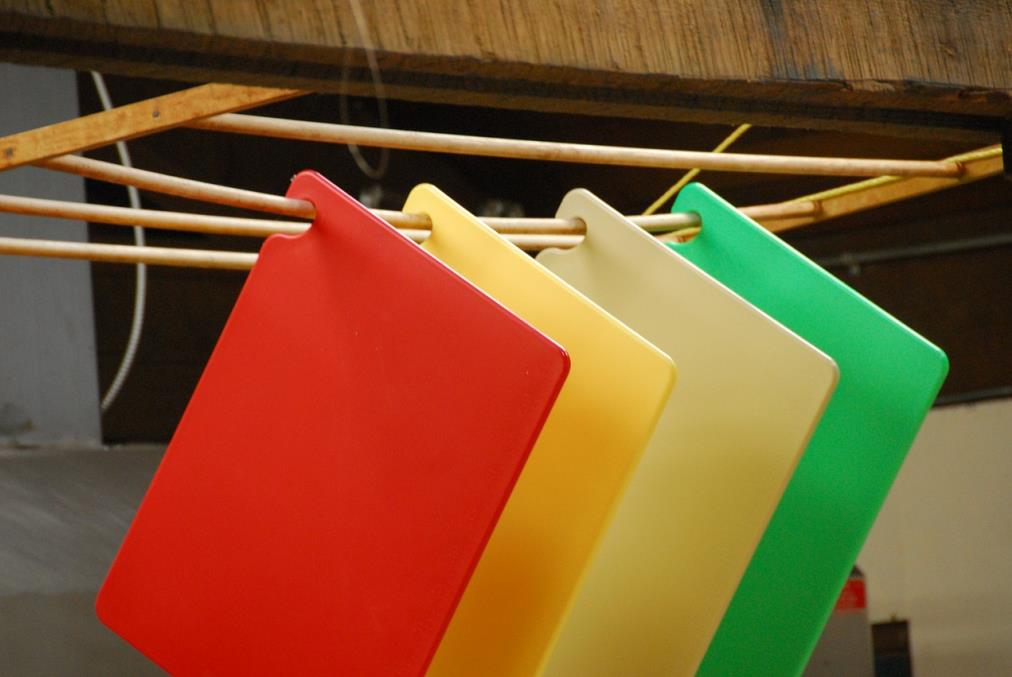
Lack of proper cleaning and disinfection of cutting boards can leave you vulnerable to cross-contamination. The grooves in the board are a breeding ground for bacteria, and if you don’t regularly disinfect them, they can spread to food items. Proper cleaning after each use is essential to maintain a high level of hygiene.
It doesn’t matter what surface you’re working on – wood, plastic, or bamboo – it’s essential to clean them after every use. The different material may require different methods.
How to clean plastic cutting board for daily use
Depending on the level of the mess and the type of plastic, you can use one of the following solutions for daily cleaning:
Method 1: Using Warm soapy water
This method is the less intensive option and should be used to clean a small amount of residue. Use mild dish soap and warm water. Give the board a good scrub with soapy water, rinse it off, then air dry or wipe it with a clean cloth or paper towel.
Method 2: Using White Vinegar.
White vinegar is an effective and natural cleaning agent. It’s a mild acid that can help remove stains, odors, and bacteria. You can dilute the vinegar with water (1:1 ratio) or use it undiluted for tougher messes. Apply the solution to the board and use a scrub brush to work it into the grooves. Let it sit for about five to ten minutes, then rinse with warm water and air dry.
Handpicked for you
True cutting power in the palm of your hand
How to remove stains and disinfect a plastic cutting board
Over time, your plastic cutting board may show signs of heavy wear and tear – deep stains, discoloration, and even a pungent smell. For cleaning such messes, you’ll need a bit more elbow grease.
The methods we’ll discuss below also help disinfect the cutting board. Still, if you want to be sure your board is disinfected correctly, we have a few tips for you.
Method 3: Using hydrogen peroxide
Food-grade hydrogen peroxide is an excellent deep-cleaning agent, and it’s also a powerful disinfectant. Follow these steps to deep clean and disinfect your board:
- Place the cutting board in a sink: A fairly deep sink or tub helps contain the mess that would rather spread out all over your countertop.
- Spray the board with 3% hydrogen peroxide and let it soak: Soaking helps the hydrogen peroxide act on the stains and disinfects the board. It lifts the grime off the board and kills bacteria and microbes. Allow the board to sit in the solution for about five minutes.
- Wash off the hydrogen peroxide with soapy water: After the five minutes elapse, use a scrub brush and soapy water to clean the board. Ensure you scrub it thoroughly, with the brush thistles working their way into the grooves.
- Rinse the board with clean water: Don’t let the hydrogen peroxide sit for too long – otherwise, it could discolor the board. Use clean water to rinse off the board thoroughly. Ensure no soap suds remain.
- Allow the board to air dry: Pat down the board with a clean cloth or paper towel, then leave it to air dry. You can also place it on a drying rack to speed up the process.
Expected results: The board should be free of any stains, discoloration, or foul odors. The groves and crevices should also be free of dirt, grime, and bacteria. If it still looks grody, repeat the process.
While this method is effective for deep cleaning and disinfecting, it’s not recommended to do it regularly, as hydrogen peroxide can weaken the plastic over time. Strictly use it for intense cleaning.
Method 4: Using lemon juice and baking soda
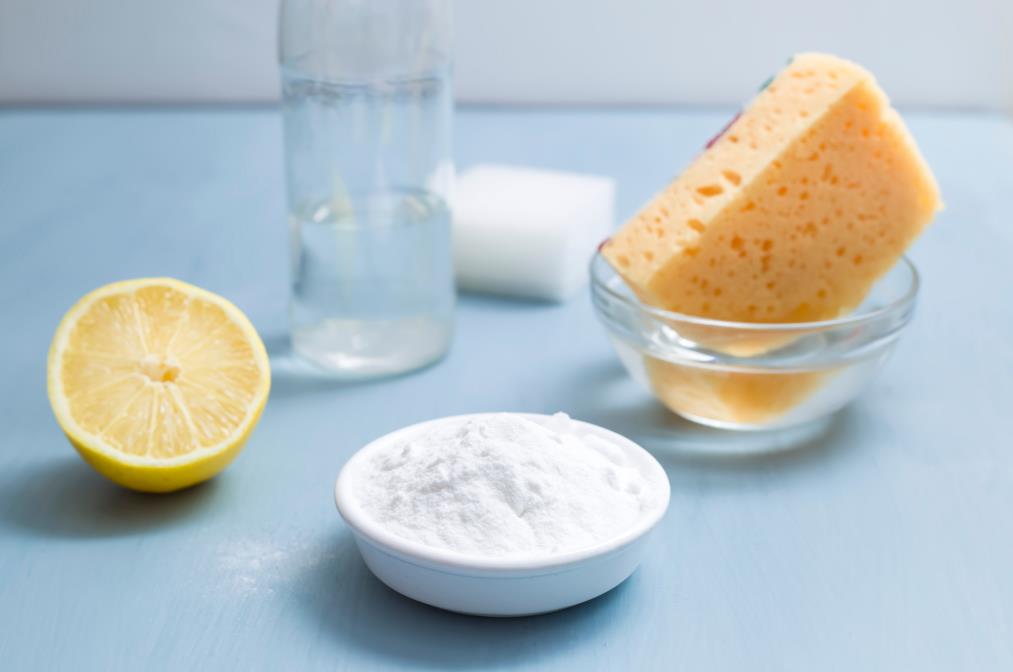
Lemon juice and baking soda make an excellent combination for removing tough stains. Most of us already have these two items in the kitchen, so it won’t be difficult to whip up a solution.
Follow these steps:
- Make a paste using lemon and baking soda and lemon: Mix 2/3 of lemon juice with 1/4 of baking soda. Stir until you get a thick paste.
- Spread the paste on the cutting board: Use a clean brush to spread the paste all over the board, including grooves and crevices.
- Scrub the board and let it sit: Use the brush to scrub the board with gentle pressure. Let the paste sit on the board for 5 to 10 minutes.
- Rinse with warm water: After the paste haves its time, rinse it off with warm water.
Expected results: Expect better results than the essential oil method, but not as great as the hydrogen peroxide one. This combination is ideal for light to moderate stains.
Method 5: Using sunshine and lemon
Some stains don’t respond to the cleaning solutions. In such cases, you can use the power of nature to remove them. The process is simple. All you need is lemon and lots of sunshine.
Below are the steps to follow:
- Cut the lemon in half then rub it on the board: Use a sharp chef’s knife to cut the lemon in half.
- Rub the board with the lemon: Rub the board in circular motions using one of the halves. Make sure you reach every corner and indentation on the board.
- Leave the board in direct sunlight: Find a spot outside with lots of sun and leave the board there for a whole day.
- Wash and dry the board: After a day in the sun, clean the board with hot water and a drop of dishwashing liquid. Then, dry it thoroughly using a clean towel.
Expected results: You’ll most likely be successful in removing the stain. However, if the board is heavily stained, you’ll notice some patches of discoloration.
Why don’t we recommend plastic cutting boards?
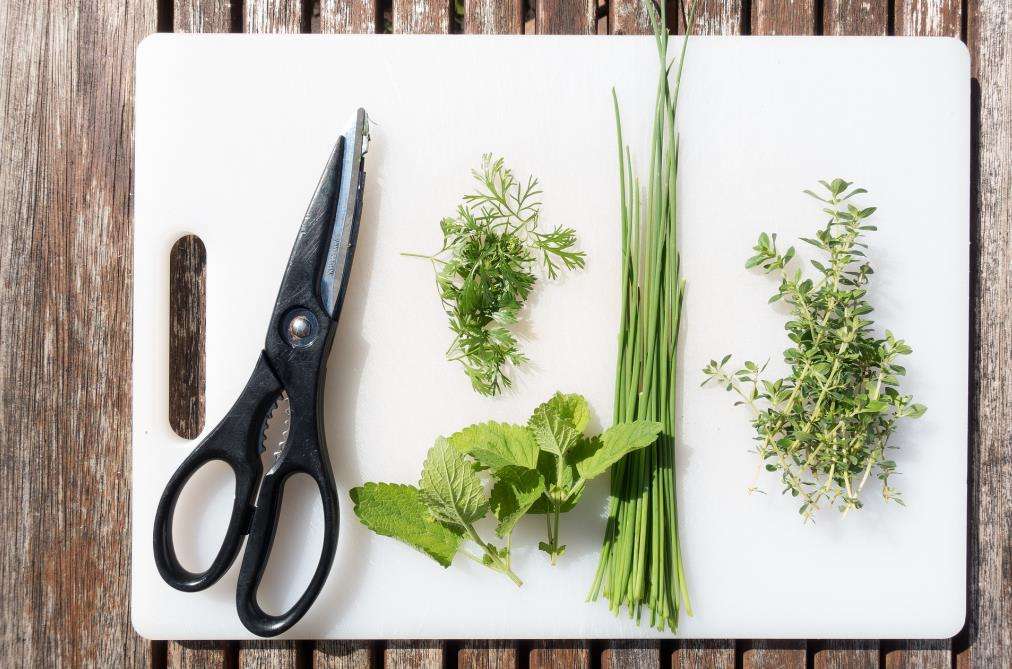
Unfortunately, plastic cutting boards are not as durable as wood and bamboo. They quickly develop scratches and grooves that can harbor bacteria and other microbes. We recommend replacing them every three to six months, depending on their usage and level of damage.
Wooden cutting boards are better alternatives. Woods such as acacia and maple are naturally antimicrobial, so they don’t hold onto bacteria as easily. These boards are also more durable than plastic ones and require less regular maintenance.
Cleaning wooden cutting boards doesn’t require as much effort, either. Regular cleaning with soapy water and a scrub brush works great. You can use salt and lemon to remove foul odors and white vinegar for disinfecting.
Closing thoughts
Plastic cutting boards, especially white plastic cutting boards, are prone to stains that can be difficult to remove. We’ve comprehensively discussed five ways to clean plastic cutting boards, from natural ingredients such as lemon and sunshine to chemical-based products like hydrogen peroxide.
We hope this article will help you keep your plastic cutting board looking good as new.
As you think about cleaning your cutting boards, you can also visit our store for exciting offers on high-quality handmade kitchen knives. Our HDMD blog also has more information on varied kitchen tips and tricks.







